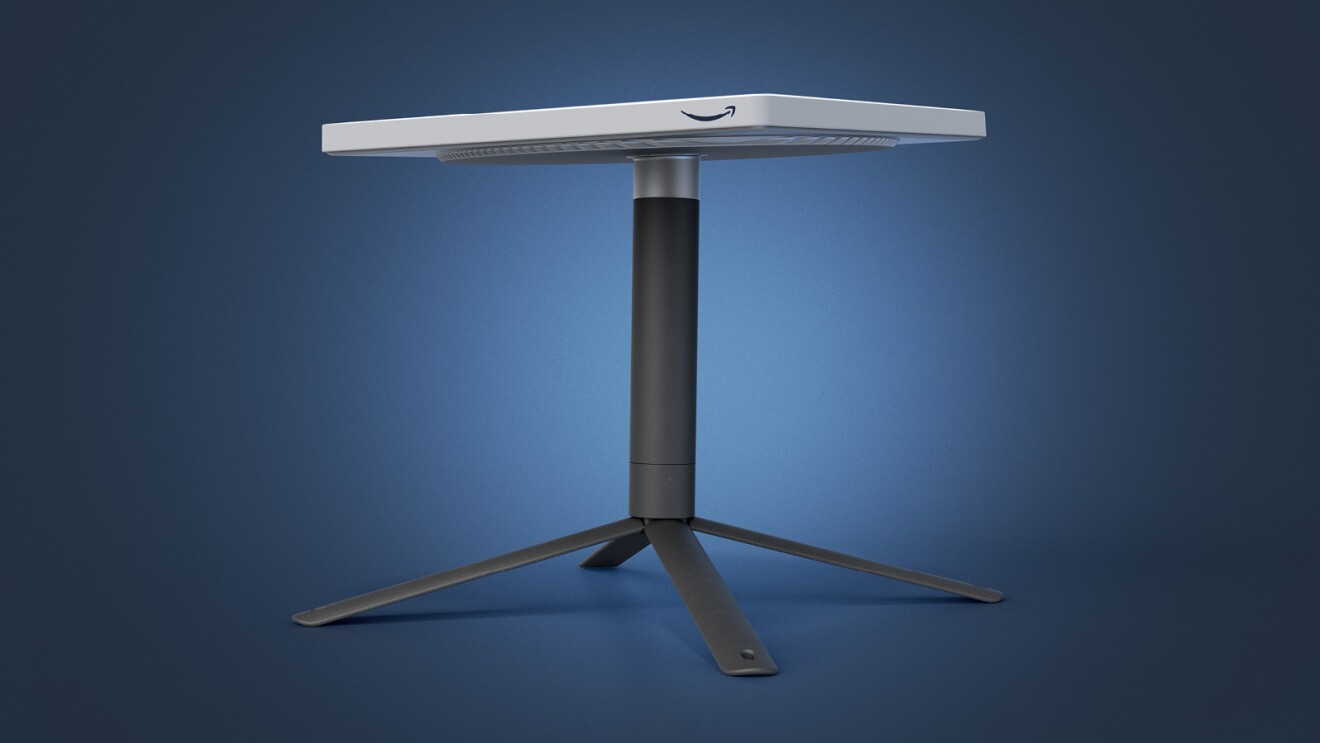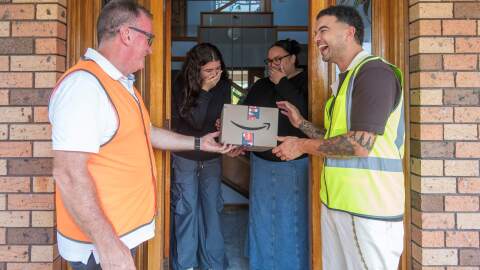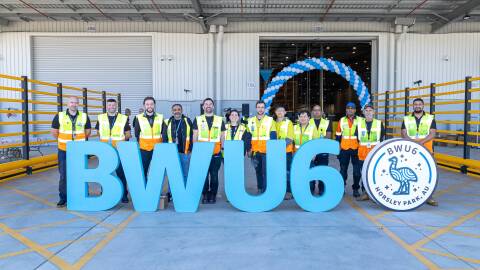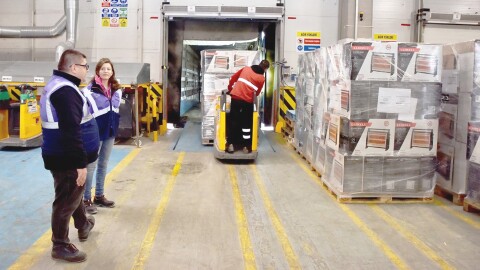Project Kuiper is Amazon’s initiative to provide fast, affordable broadband to communities around the world that are currently unserved or underserved by traditional internet and communications options. To achieve this goal, Amazon will deploy thousands of satellites in low Earth orbit (LEO) linked to a global network of antennas, fiber, and internet connection points on the ground.
We’re often asked about the scope of Project Kuiper and the technology behind it. Here we answer 15 common questions:















